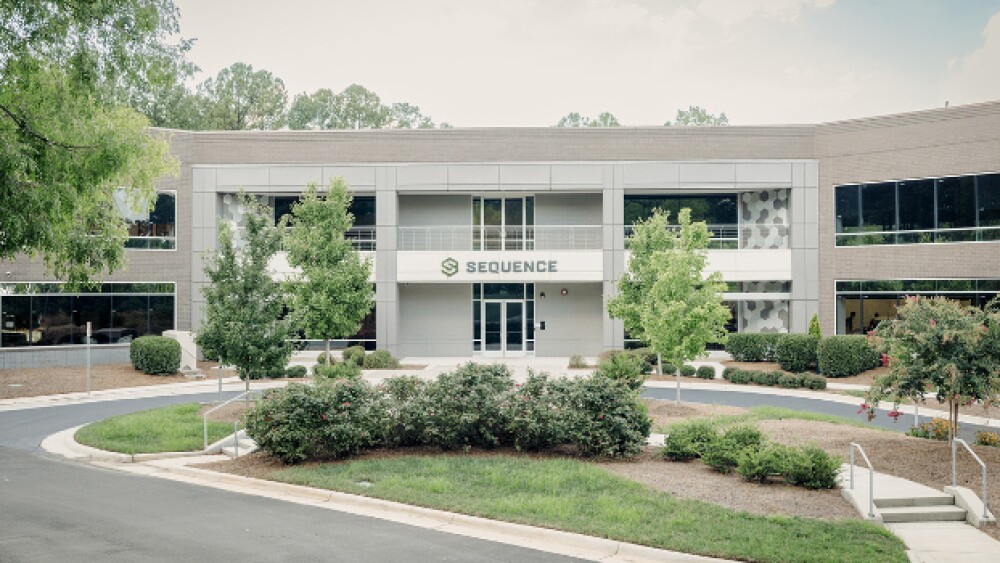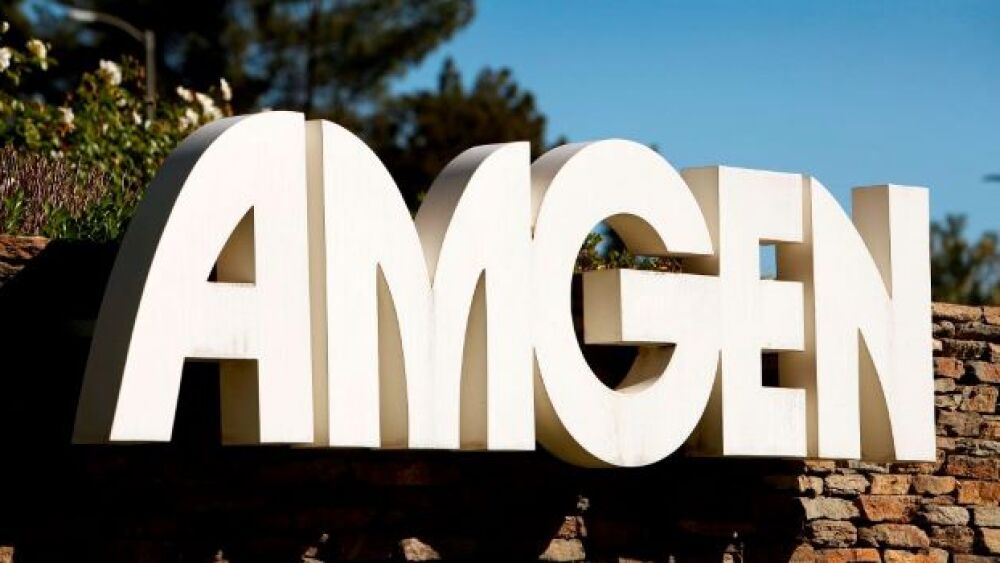PITTSBORO, N.C., Nov. 28 /PRNewswire/ -- Biolex Therapeutics today announced results published in Nature Biotechnology demonstrating the ability of its proprietary LEX System(SM) to produce monoclonal antibodies that have enhanced in vitro potency and efficacy. The research was conducted by scientists from Biolex and Medarex as part of an ongoing collaboration between the two companies. The publication also describes the LEX System's ability to produce antibodies with homogeneous glycosylation structures, an additional major advantage of the LEX System compared to expression systems commonly used today and key to reducing production risks, regulatory risks and costs.
"The rapid and successful evolution of our ability to optimize monoclonal antibodies greatly enhances the value of the LEX System and has expanded our commercialization opportunities," said Mr. Jan Turek, Biolex Chief Executive Officer. "Antibody glycosylation optimization is the focal point of a number of our current and future expected collaborations, and provides us with additional opportunities for expansion of Biolex's own proprietary pipeline."
Results Reported in Nature Biotechnology
Monoclonal antibodies comprise one of the fastest growing classes of protein therapeutics and are currently being used and developed primarily to treat cancers, autoimmune diseases, infectious diseases and inflammatory diseases. The effectiveness of monoclonal antibodies, particularly those targeting oncology indications, are greatly impacted by the glycosylation, or sugar chain, structure of the antibody's Fc region. The majority of monoclonal antibodies are currently produced in a mammalian cell system, specifically systems utilizing cultured Chinese hamster ovary (CHO) cells.
Results were reported online on November 26 and in the December print issue of Nature Biotechnology, under the title "Glycan optimization of a human monoclonal antibody in the aquatic plant Lemna minor." Scientists at Medarex and Biolex characterized the monoclonal antibody MDX-060 produced in the LEX System and MDX-060 produced in a CHO system. The LEX System was engineered by Biolex to optimize the glycosylation structure of the antibody. MDX-060 produced in the LEX System had higher affinity for Fc receptors than MDX-060 produced in the CHO system, an attribute that, in other antibody products, has been strongly correlated with increased efficacy and response to treatment in oncology and autoimmune indications. The binding affinity of the LEX System MDX-060 was at least 20 to 35 times higher than MDX-060 produced in the CHO system, and the effector function of the
LEX System MDX-060 was at least double that of the CHO system MDX-060, measured by comparing antibody dependent, cell-mediated cytotoxicity (ADCC).
The optimization of MDX-060 was achieved by engineering the LEX System to silence two genes responsible for adding two specific sugars, fucose and xylose, to the glycosylation structure of the antibody. Fucose is a sugar typically present in the glycosylation structure of monoclonal antibodies produced in existing expression systems. The improved Fc functionality demonstrated for MDX-060 produced in the LEX System resulted from the fact that the system was successful in expressing the antibody with a glycosylation structure that excluded fucose. Biolex's success in eliminating the expression of fucose as well as another sugar, xylose, resulted in a fully human glycosylation structure completely devoid of any detectable presence of fucose or xylose. Biolex has successfully produced more than ten monoclonal antibodies, and the ability of the LEX System to produce optimized antibodies with fully human glycosylation (i.e., with no fucose or xylose) has been demonstrated with multiple partners and in multiple proteins, highlighting the robustness and consistency of the system.
MDX-060 is a monoclonal antibody currently under development by Medarex. The studies described in the publication were undertaken as part of a collaboration between Biolex and Medarex initiated in 2005 and expanded earlier this year. Under the collaboration, Biolex has employed the LEX System to develop commercial lines for three Medarex antibodies.
"We are pleased with the rapid progress our collaboration with Biolex has achieved to date," said Nils Lonberg, Ph.D., Senior Vice President and Scientific Director, Medarex. "We look forward to applying this technology to enhance the development of potentially effective antibody therapeutics."
Homogeneity of LEX System is Unprecedented
The results reported in the publication also demonstrate that the LEX System produces antibodies with a homogeneous glycosylation structure, distinguishing the LEX System from the limited number of other technologies that have been described for reducing monoclonal antibody fucosylation in CHO and other expression systems. MDX-060 was produced in the LEX System as a single, highly desirable, fully human glycoform. By contrast, CHO systems using other glycosylation engineering technologies are reported to express antibodies as a heterogeneous mixture of glycoforms. The proportion of specific glycoforms produced by a CHO system can change with cell culture conditions, production scale and other variables, making characterization of the antibody difficult and creating potential consistency, scale-up and regulatory challenges. Accordingly, the ability of the LEX System to produce antibodies with homogeneous glycosylation, without the need for further post- expression chemical modification is unprecedented and represents a major advancement. Furthermore, engineering the LEX System to achieve this optimized glycosylation does not result in a loss of production efficiency or yields.
"Controlling glycosylation and achieving consistent production throughout scale-up is a significant challenge that faces the biopharmaceutical industry," said David Spencer, Ph.D., Biolex Chief Operating Officer and Senior Vice President, Research and Development. "The ability of the LEX System to produce antibodies with greater functionality and homogeneous glycosylation is a major achievement."
About Biolex Therapeutics
Biolex Therapeutics is developing and commercializing therapeutic proteins based on its proprietary LEX System, an expression system that enables the production of hard-to-make proteins and the optimization of monoclonal antibodies. The Company is developing a proprietary pipeline of products that rely upon known mechanisms of action to provide a reduced risk profile while targeting large, proven pharmaceutical markets. Biolex's lead candidate, Locteron(TM), is being developed as a best-in-class controlled-release interferon alfa for the treatment of hepatitis C. The Company's second product candidate, BLX-155, is a direct-acting thrombolytic, designed to break up clots in certain diseases such as acute peripheral arterial disease, catheter occlusion and deep vein thrombosis. In addition, the unique capabilities of the LEX System have led to collaborations with Centocor, Medarex and other leading pharmaceutical/biotech companies. Biolex is a venture-capital-backed company located in the Research Triangle region of North Carolina, United States. For additional information, please visit Biolex's web site at www.biolex.com.
Contacts:
Media, Michelle Linn, Linnden Communications, 508-419-1555, linnmich@comcast.net
Investors, Dale Sander, Chief Financial Officer, 858-663-6993, dsander@biolex.com
Biolex TherapeuticsCONTACT: media, Michelle Linn of Linnden Communications, +1-508-419-1555,or linnmich@comcast.net, for Biolex Therapeutics; or investors, DaleSander, Chief Financial Officer of Biolex Therapeutics, +1-858-663-6993, ordsander@biolex.com
Web site: http://www.biolex.com/




